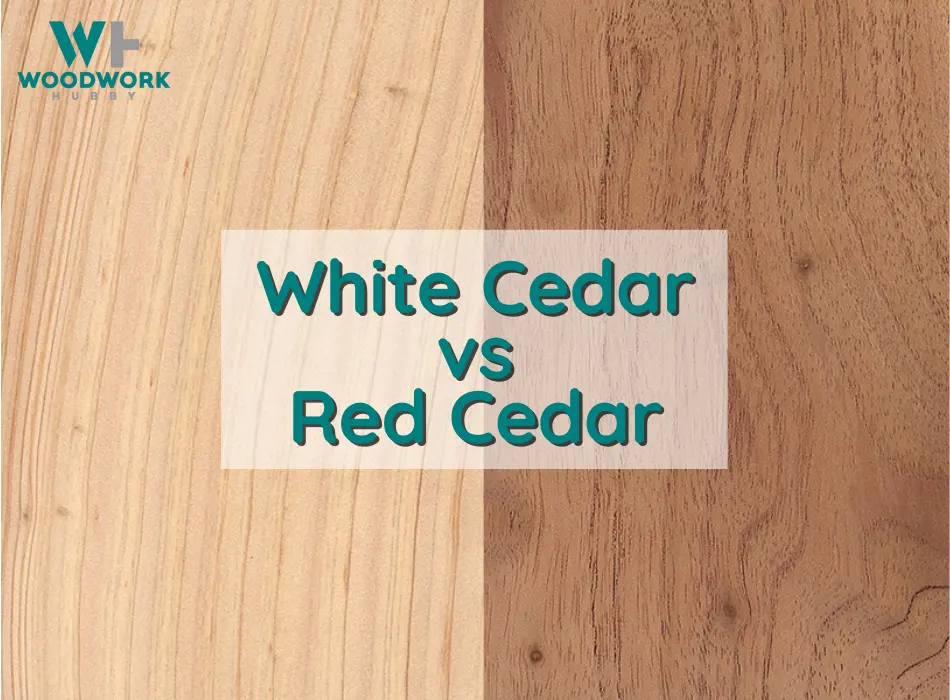Choosing between white cedar and red cedar for your home project can be a head-scratcher. I’ve been there, weighing the pros and cons, especially considering factors like durability, cost-effectiveness, and aesthetic appeal.
That’s why I delved deep into these two popular woods to bring you a comprehensive comparison detailing their unique characteristics and practical applications.
Key Takeaways
- White cedar, also known as Eastern white cedar or Atlantic white cedar, is a lightweight and fine-grained wood that offers strength and durability. It is commonly used for roofing, fencing, interior design, furniture making, and construction projects.
- Red cedar, also known as Western red cedar or Eastern red cedar, is highly durable and resistant to decay. It is frequently used for outdoor structures such as decks, fences, siding, pergolas, gazebos, and roofing. It also has applications in furniture making, closet linings, saunas, and soundboards in musical instruments like guitars and violins.
- Both white cedar and red cedar offer unique aesthetics. White cedar turns an attractive gray when exposed to the elements over time while red cedar features rich reddish-brown tones with hints of pink or purple throughout the wood.
- When choosing between white cedar and red cedar factors such as ease of workability vs. maintenance requirements should be considered along with cost-effectiveness based on specific project needs.
Understanding Cedar Wood
Cedar wood has a long history and is widely used for its various properties and benefits.
History and Uses
Cedar wood, with its rich history and versatile uses, has a special place in human life. Native to the Western region including British Columbia, Washington, and Oregon, Red Cedar was cherished by indigenous tribes for demanding tasks such as building canoes, masks, and communal longhouses due to its superior decay resistance properties.
Eastern white cedar on the other hand is lighter yet fine-grained wood that found major use by both native cultures and European settlers in making durable watercrafts like canoes or fences able to withstand harsh weather conditions.
Its excellent insulation capabilities make it suitable for exterior roofing as well as interior designs. Both types of cedar have a distinct pleasant aroma which adds an appealing characteristic when used in interior spaces.
Examination of White Cedar
White cedar, also known as Eastern white cedar or Atlantic white cedar, is a versatile wood with numerous benefits. With its lightweight and fine-grained texture, it’s easy to work with and perfect for various construction projects.
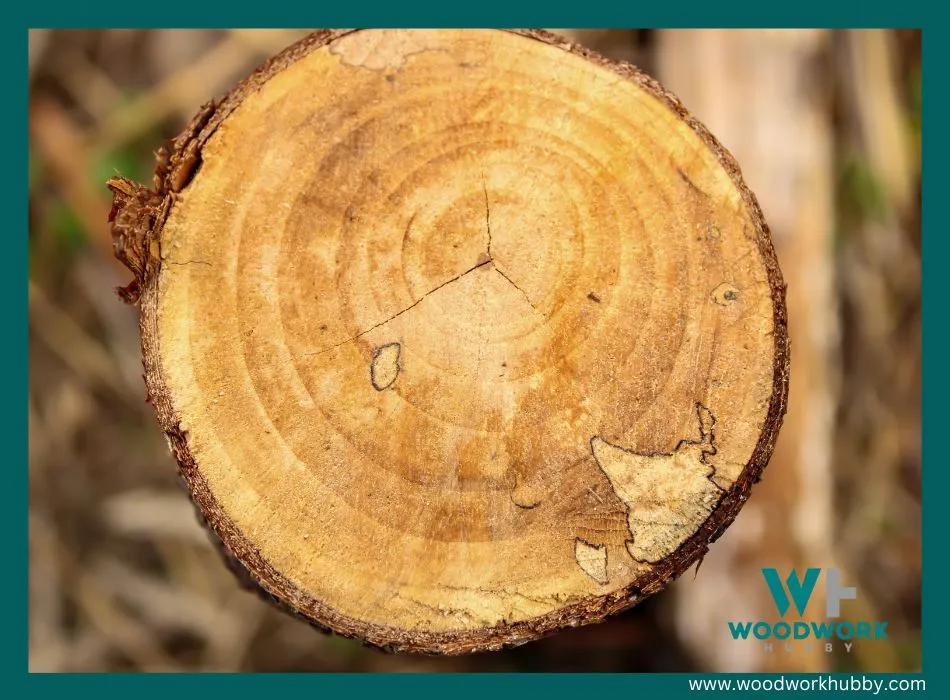
From beautiful wardrobes to durable fencing material, the uses for white cedar are endless. Curious about its properties and advantages? Read on to discover why white cedar could be the ideal choice for your next project.
Properties and Benefits of White Cedar
Renowned for its lightweight texture and fine-grained structure, white cedar puts a surprising amount of strength and durability into every board. A sustainable choice due to its long lifespan, it’s an increasingly popular material for roofing—particularly due to its insulation properties—one of nature’s best-kept secrets.
Given that it has one of the lightest and softest commercially available wood structures in the U.S., it still manages to serve as an outstanding barrier against weather conditions.
Video guide to Cedar
The hidden benefits extend further into aesthetics too, with white cedar quickly turning an attractive grey when exposed to natural elements. The fine, dense texture and even grain pattern make this type of wood incredibly versatile in matching various design themes from rustic charm to modern minimalism.
See my article on is Cedar wood too soft.
Despite smaller plank sizes compared with other types, you have a world of customizability at your fingertips with ornamental projects or even smaller-scale furniture making.
So focused on resistance towards decay and repelling insects with its strong aroma, white cedar delivers a punch above its weight class in terms of performance while maintaining delicate elegance visually—an unparalleled combination indeed.
Common Uses For White Cedar
White cedar wood, with its unique properties and benefits, is popularly picked for a vast range of applications. The lightweight nature, fine grain, and insulation qualities make it highly versatile. Here are some of the common uses for white cedar:
- Roofing: Due to its excellent insulation properties and natural elements resistance, white cedar is widely used in constructing roofs. Its long-lived nature makes it a sustainable choice for roofing.
- Fencing: Owing to its durability and longevity, white cedar serves as an ideal material for fence planks.
- Indoor Design: With its fine texture and even grain pattern, white cedar enhances the aesthetics of any interior design project.
- Exterior Material: White cedar quickly turns an attractive gray when exposed to outside environments – this feature makes it a common choice for exterior finishing.
- Furniture Making: Being one of the lightest and softest commercial woods available in the U.S., it is often used to craft furniture due to its ease of handling.
- Construction Applications: The high tensile strength and structural stability allow white cedar to be extensively used in weight-bearing construction projects.
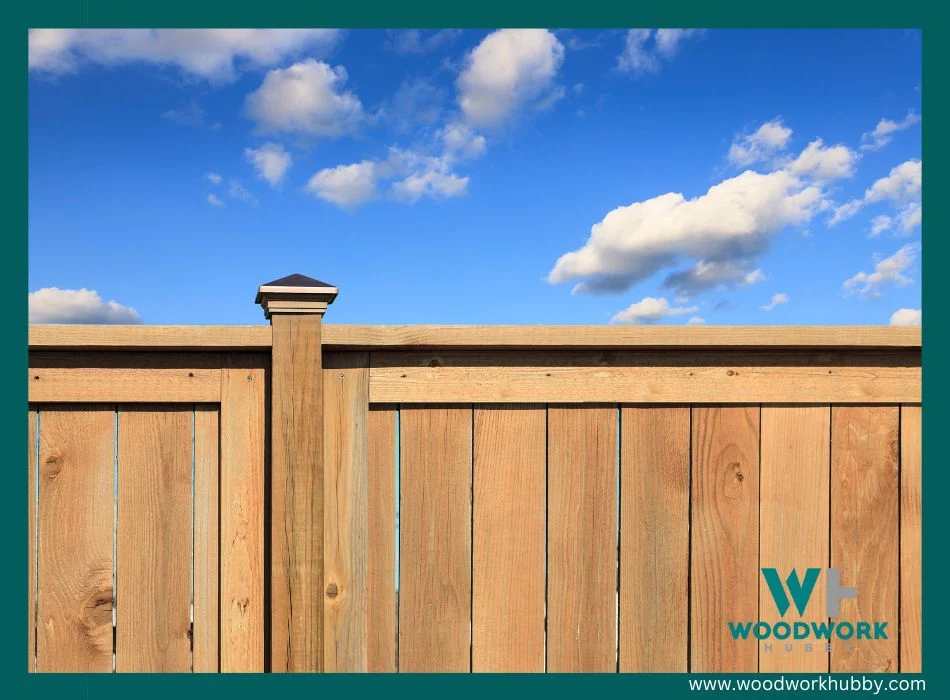
Examination of Red Cedar
Red cedar, also known as Western Red Cedar or Eastern Red Cedar, is a highly sought-after wood due to its numerous properties and benefits. From its natural durability and resistance to decay to its beautiful rich red color that can darken over time, red cedar offers a range of advantages for various applications.
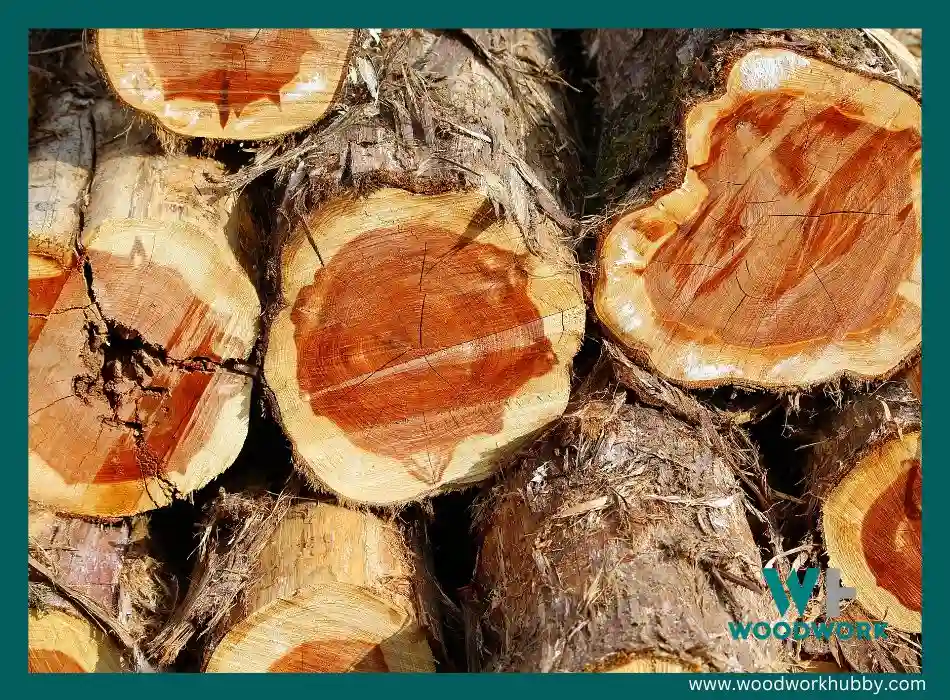
To discover more about the fascinating qualities of red cedar and how it compares to white cedar, read on.
Properties and Benefits of Red Cedar
Red cedar, also known as western red cedar, is a remarkable wood with numerous properties and benefits. First and foremost, red cedar is highly durable and resistant to decay. This makes it an excellent choice for outdoor construction projects such as roofing, siding, and fencing.
Additionally, red cedar has exceptional insulation properties, making it energy-efficient for both warm and cold climates.
I have spent so much time with Cedar, I decide to write this article showing what is Cedar used for.
One of the standout features of red cedar is its natural resistance to insects. The wood contains natural oils that repel pests, reducing the need for chemical treatments or pesticides.
Red cedar’s resilience against termites and other destructive insects ensures long-term durability without compromising on environmental friendliness.
Another advantage of using red cedar is its versatility in design applications. It can be used to create beautifully crafted furniture pieces due to its fine-grained texture and straight-grain pattern.
Common Uses of Red Cedar
Red cedar is a versatile wood that finds a wide range of applications due to its durability, natural decay resistance, and beautiful appearance. Here are some common uses of red cedar:
- Outdoor Structures: Red cedar is commonly used for building decks, fences, pergolas, and gazebos. It withstands the elements well and has natural insect-repellent properties.
- Roofing: Red cedar shingles or shakes are popular for roofing due to their excellent insulation properties and ability to resist rot and decay.
- Siding: Red cedar siding is highly sought after for its natural beauty and durability. It adds a touch of elegance to both traditional and contemporary homes.
- Furniture: Red cedar’s fine-grained wood is often used in furniture making, including outdoor furniture like chairs, tables, and benches. Its resistance to decay makes it ideal for outdoor use.
- Paneling: Cedar wood paneling is commonly used in interior design for its warm color, natural aroma, and ability to repel pests.
- Closet Linings: The pleasant aroma of red cedar makes it a popular choice for lining closets or wardrobes to deter moths and other insects while adding a touch of luxury.
- Saunas: Red cedar’s ability to withstand high levels of moisture makes it an excellent choice for constructing saunas, providing a relaxing atmosphere with its aromatic scent.
- Soundboards: Red cedar’s tonal qualities make it highly sought after for soundboards in musical instruments like guitars and violins. It adds warmth and richness to the instrument’s tone.
- Chests: Due to its insect-repelling properties, red cedar is frequently used in the construction of chests or trunks designed for storing clothing or delicate items.
- Boat Building: Red cedar’s lightweight nature and water resistance make it suitable for building canoes, kayaks, rowboats, or small boats.
Comparing White and Red Cedar
In this section, we’ll compare the color and appearance, durability and longevity, cost-effectiveness, and how clear polyurethane finishes look on both white cedar and red cedar. Curious to find out which one is the right choice for you? Keep reading to learn more!
Color and Appearance
The color and appearance of white cedar and red cedar are distinct and offer unique aesthetics. White cedar has a light, pale hue that ranges from creamy white to yellowish-brown, giving it a natural elegance.
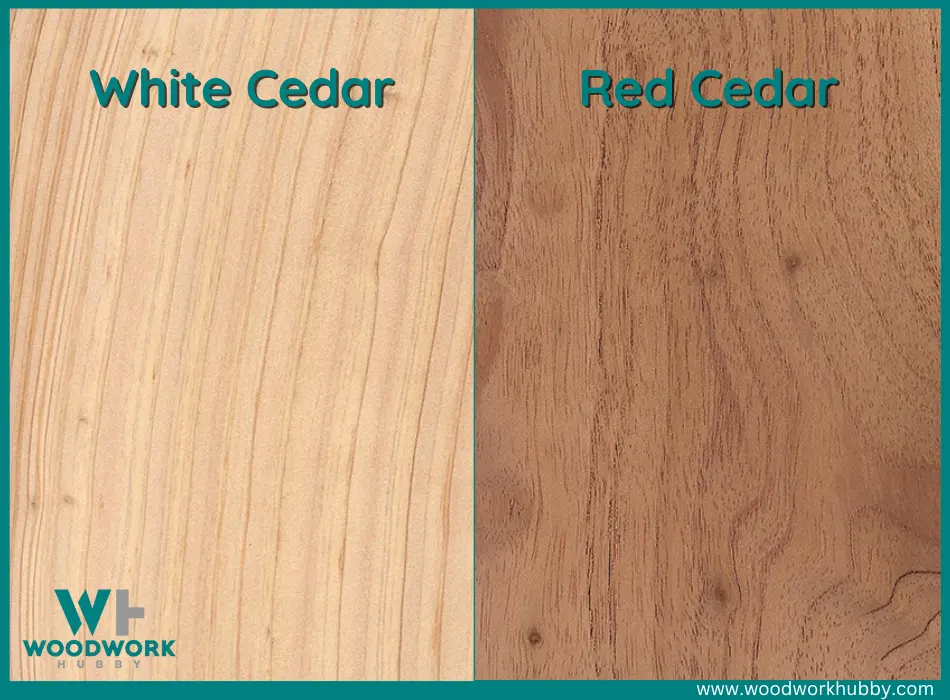
Its fine-grained texture and even grain pattern add to its visual appeal. Over time, when exposed to the elements, white cedar gracefully weathers into a beautiful gray patina that blends seamlessly with outdoor surroundings.
In contrast, red cedar boasts rich reddish-brown tones with hints of pink or purple throughout the wood. This vibrant coloring adds warmth and depth to any space or project where it is used.
With its robust hues and sleek textures, red cedar provides an eye-catching aesthetic that complements various architectural styles.
Durability and Longevity
In terms of durability and longevity, both white cedar and red cedar are excellent choices. White cedar is known for its natural resistance to decay, insects, and rot, making it a durable option for outdoor projects.
Its fine-grained texture also helps prevent cracking and splitting over time. Red cedar, on the other hand, is renowned for its exceptional durability. It has been used for centuries in various construction applications due to its ability to withstand harsh weather conditions and resist rotting.
The stability of red cedar is twice that of other softwood species, ensuring it can stand the test of time. So whether you choose white or red cedar, rest assured that your investment will last for years to come.
Cost Effectiveness
When it comes to cost-effectiveness, white cedar is typically the more affordable option compared to red cedar. While both types of wood offer durability and natural beauty, white cedar tends to be more budget-friendly due to its availability and lower demand.
This makes it a popular choice for projects that require a large quantity of wood, such as fencing or decking installations. On the other hand, red cedar’s higher price tag reflects its desirability and limited supply, making it an excellent choice for those willing to invest in premium materials.
Ultimately, your decision should depend on your budget and the specific needs of your project.
Clear Polyurethane Finishes and How They Look
Clear polyurethane finishes are commonly used to protect and enhance the natural beauty of wood, including white cedar and red cedar. When applied to cedar wood, these finishes create a glossy or satin-like appearance, depending on the desired level of sheen.
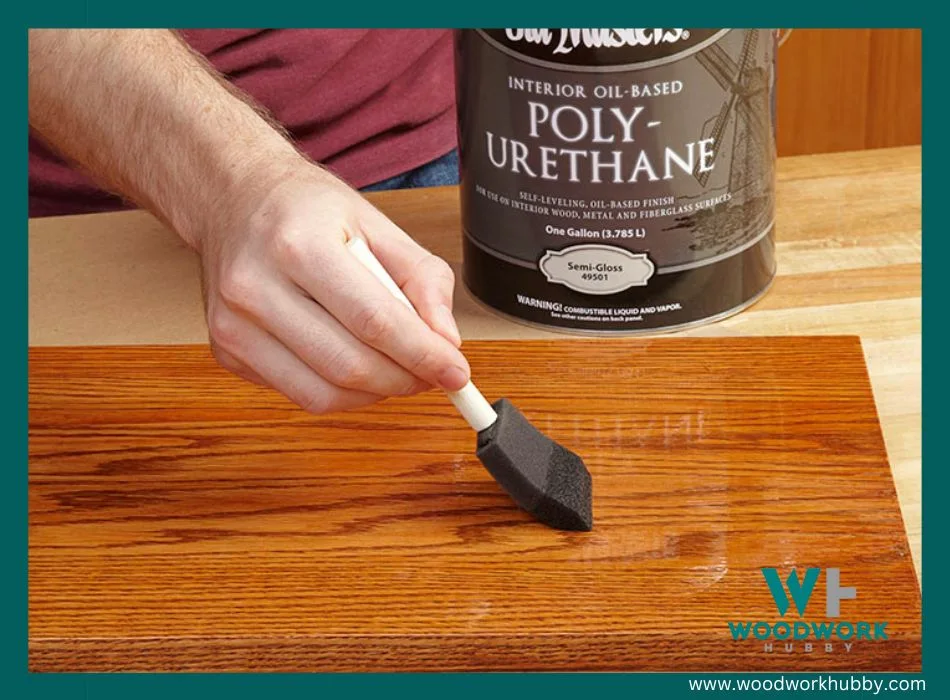
The clear finish brings out the rich colors and grain patterns of the cedar, making it look more vibrant and attractive. Additionally, these finishes provide a protective layer that helps to prevent damage from moisture, UV rays, and everyday wear and tear.
With clear polyurethane finishes, you can showcase the unique characteristics of your cedar wood while ensuring its long-lasting durability.
Deciding Between White and Red Cedar: Factors to Consider
When deciding between white cedar and red cedar, there are several important factors to consider. First, let’s talk about the appearance. White cedar has a light, pale color with minimal knots and a fine-grained texture, giving it an elegant and clean look.
On the other hand, red cedar has a reddish-brown tone with darker streaks and more visible knots, giving it a rustic and natural appeal.
Next, durability is another crucial factor. Red cedar is known for its exceptional decay resistance and longevity, making it highly suitable for outdoor applications such as roofing shingles and siding.
White cedar also offers good durability but may require more frequent maintenance in comparison.
Cost-effectiveness is essential when making decisions about materials. While both white and red cedars can be relatively expensive compared to other woods, red cedar tends to be pricier due to its high demand and limited availability.
However, considering the long-term durability of red cedar, it can be seen as a worthwhile investment.
If you’re looking for versatility in terms of usage possibilities, both types of wood offer various options. White cedar is commonly used for indoor applications like furniture-making or paneling due to its lightweight nature and pleasant aroma.
Red cedar excels in outdoor projects such as decking or fencing because of its resistance against insects and harsh weather conditions.
Lastly is sustainability – an aspect that many individuals prioritize nowadays. Both white cedar (also known as eastern or northern white ce.
Conclusion – White Cedar vs Red Cedar
In conclusion, when it comes to choosing between white cedar and red cedar, there are several factors to consider. White cedar offers a delightful aroma, is lightweight, and is easy to work with, but requires more care due to its tendency to crack and have knots.
On the other hand, red cedar is easier to maintain, available in larger plank sizes for specific applications like decking and roof shingles, but comes at a higher price. Ultimately, the choice between the two depends on your specific needs and preferences.
FAQs
1. What is the difference between white cedar and red cedar?
White cedar and red cedar are two different species of trees, with white cedar being a type of cypress tree (Thuja occidentalis) and red cedar referring to several species, including Eastern redcedar (Juniperus virginiana). In terms of appearance, white cedar has a light yellowish-white color while red cedar is reddish-brown.
2. Which type of cedar is more durable?
Red cedar is generally considered to be more durable than white cedar. Red Cedar contains natural oils that make it resistant to decay, rot, and insect damage. White Cedar also has some level of durability but may require regular maintenance to protect against weathering.
3. What are the common uses for white cedar?
White Cedar is commonly used for outdoor applications such as fence posts, decking, siding, and shingles due to its natural resistance to decay and insects. It can also be used for indoor applications like furniture or cabinetry.
4. What are the common uses for red cedar?
Red Cedar has a wide range of uses including outdoor projects such as fences, decks, siding, and shingles due to its durability and resistance to decay. It is also popular in indoor applications like closets or chests because it emits a pleasant aroma that deters moths and other pests from damaging clothing or stored items

